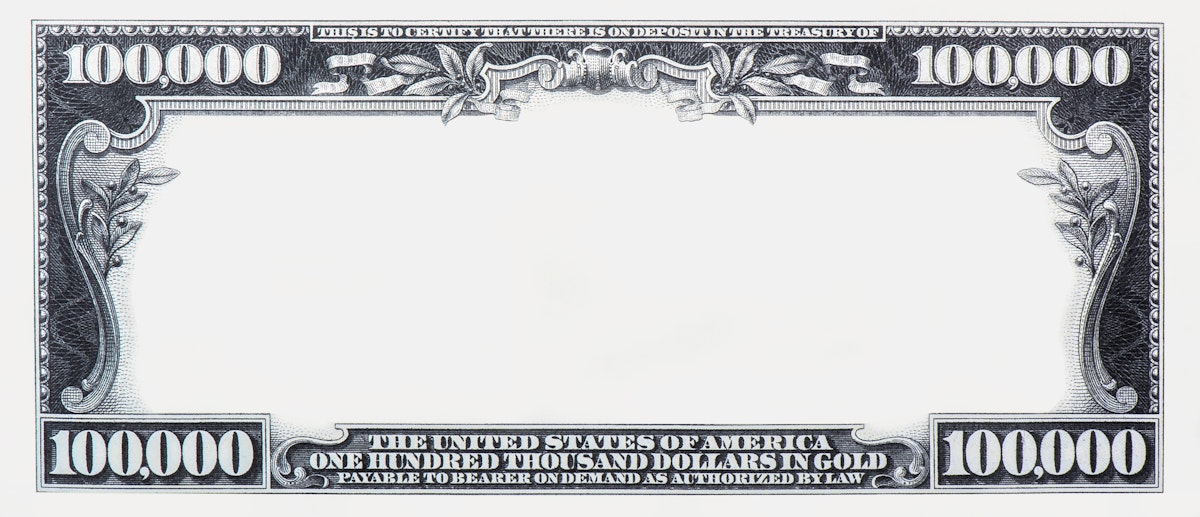

"The difference between 1.2500 versus 1.2501 doesn’t look like a lot. But that fourth decimal place difference can change the trade economics by around $100k.” Former FX trader, now CEO and Founder of LoopFX, Blair Hawthorne reveals the skills and tools required to execute mega trades.
You need a clear instruction. A billion is a lot of zeros – 9 to be accurate! Missing one of those zeros, or adding an extra one, can be disastrous. Orders normally come in electronic form through your order management system. With really big trades like this, normally I would expect a slightly fevered message from the fund manager with more detail, or if they haven’t contacted me, I would let them know I had received their instruction and was prioritising it.
Nothing worse than updating the fund manager on how a trade execution of that scale is currently going and they reply with: “Oh did that go through already? Pls send it back…!”
The difference between 1.2500 versus 1.2501 doesn’t look like a lot. But that 0.0001 / fourth decimal place difference can change the trade economics by around $100k. This trade is now your top priority, whatever else you were doing is put on hold. Your training kicks in and you follow your best execution processes and trust your systems. There is nothing worse than a few hundred million in risk and your systems keeling over! Thankfully the market-leading platforms are robust here and rollovers are rare. Deals of this size require consistency in an established routine, so following the procedures that have helped you previously is important.
You check your instruction. It’s rather like carefully reading the question during an exam – “Do I have discretion on when to execute here?” If you don’t have discretion, then the trade needs to be done now. The next questions are about implementation. How many banks do you ask? Which banks? What are you going to ask them? How are you going to ask them? Your priority is accuracy.
However, if you do have discretion, then you’re discreetly gathering information. Do I want to trade now, or after a market event? What information have the banks shared via their Bloomberg terminal? Is there someone out there that may have an offsetting position or are active in my target currency pair? This is really hard to do at the moment, asking if a bank is active in a single currency pair can be a bit of a giveaway that you have a monster trade to get away.
The relationship with your bank salesperson is really important here, they know your trading style, how you like to be kept updated, when to call you, when to challenge your intentions. Sometimes they even spot an odd trade in the mix of your trades – “Just checking you have nine buy orders here but there is one sell order that looks a bit fishy...”
Trust with your bank sales person is absolutely integral when trading 8 to 11 figure sums.
Once the deal is in flight and basics like buying the right currency for the right funds is confirmed – never take anything for granted! The next worry is normally around information leakage on the trade. Executing large trades is a team effort between the asset manager and the bank. Neither party wants anyone in the market to know about the trade. The whole operation has to be one of stealth so the situation that made the trade attractive in the first place is not compromised by the trade itself. It’s exciting but not without stress.
This is the difficult part. With current systems it is very hard, if not completely impossible, to know which bank is best placed to manage your trade at that exact time. As a result, unfortunately, Asset Managers are forced to look at past performance. You look at both qualitative and quantitative data, this is not always possible and just because data suggests good performance historically, there is no guarantee they are the best participant to trade with right now.
Relationships are very important too, you’re looking for reliability. Though this was always a frustrating part of the process, you really didn’t have the information you wanted which led, in time, to the basis of LoopFX.
It did not sit well with me that I could be executing of the largest trades on the planet with a sup-optimal partner. There had to be a better way.
The only thing that is certain is that the Fund Manager and the Dealer will always give you a different answer! Market conditions are a major factor: time of day, market events. Trade Cost Analysis tools are great at giving you a guide as to how long they take on average – but of course, there is no guarantee in reality. Appetite for risk is the big factor. You might want to break it down into incremental deals, roughly £100m every ten minutes, for example, but nothing is without potential downside. The longer you take to execute the trade in the market, the greater the danger information around that trade will leak, or a market event could move the price. You are always striking a balance between camouflaging your intentions and completing the deal in a timely manner.
It’s a profoundly horrible experience when the market shifts midway through a mega-trade. Immediately you can put a quick dollar amount as to the cost of trading at this new level. And then it moves again. And suddenly the previous level looks quite appealing. Your first thought is, is it me? Is my trade affecting the price? Then if the market is moving, of course you keep the fund manager abreast as you go – remember always manage risk, do not assume it. You can either pause or trade into it and carry on. A very stressful and unpleasant experience and one no one forgets.
When this does happen, the most important part is the post-mortem after the trade. What can be learned for next time. Best Execution processes are the cornerstone of FX trading, these are a commitment to constantly improving trading behaviours.
Best Execution is arguably the most important commitment of any dealer. For me, the frustration is around the lack of in-the-moment insight into market liquidity. Historical data is available in abundance, but nothing more up to date, nothing in real-time. I hated knowing I could be trading hundreds of millions with a sub-optimal partner. Despite loving my dealing job for most of my 20s, I took a skin-in-the-game approach and left my role to address this fundamental problem with the creation of LoopFX.